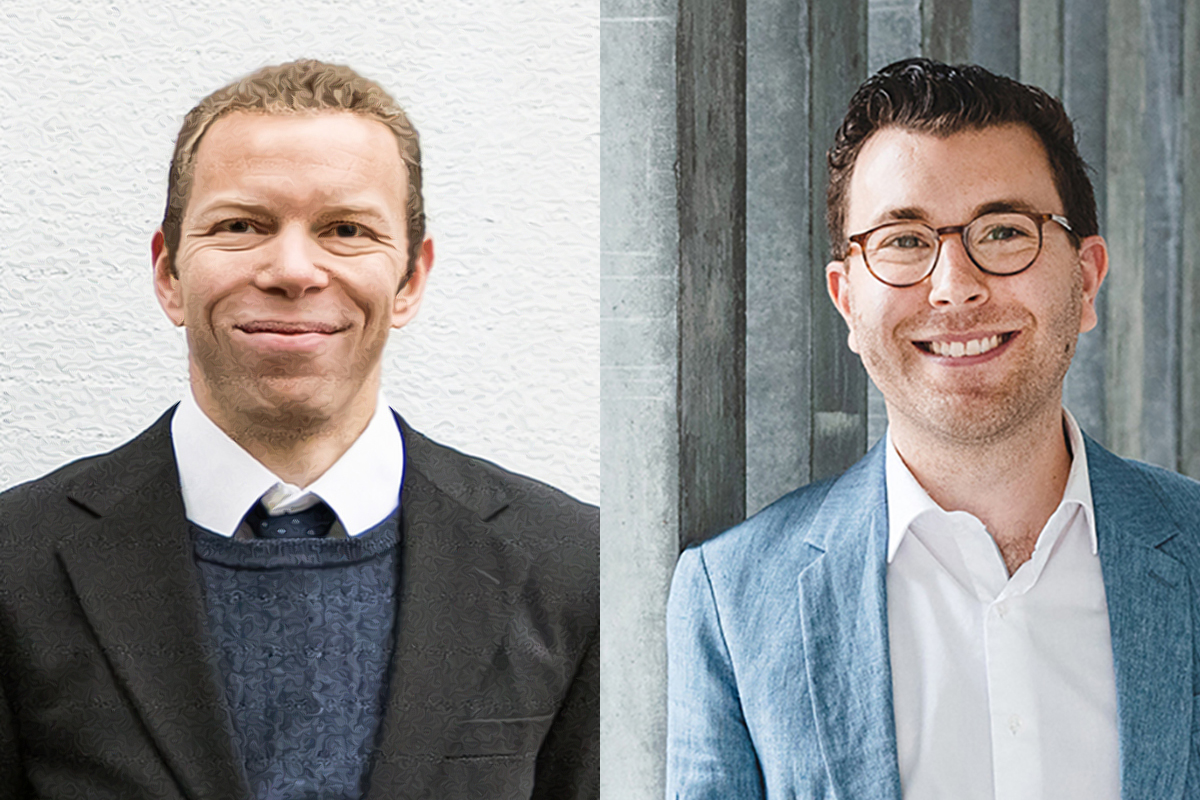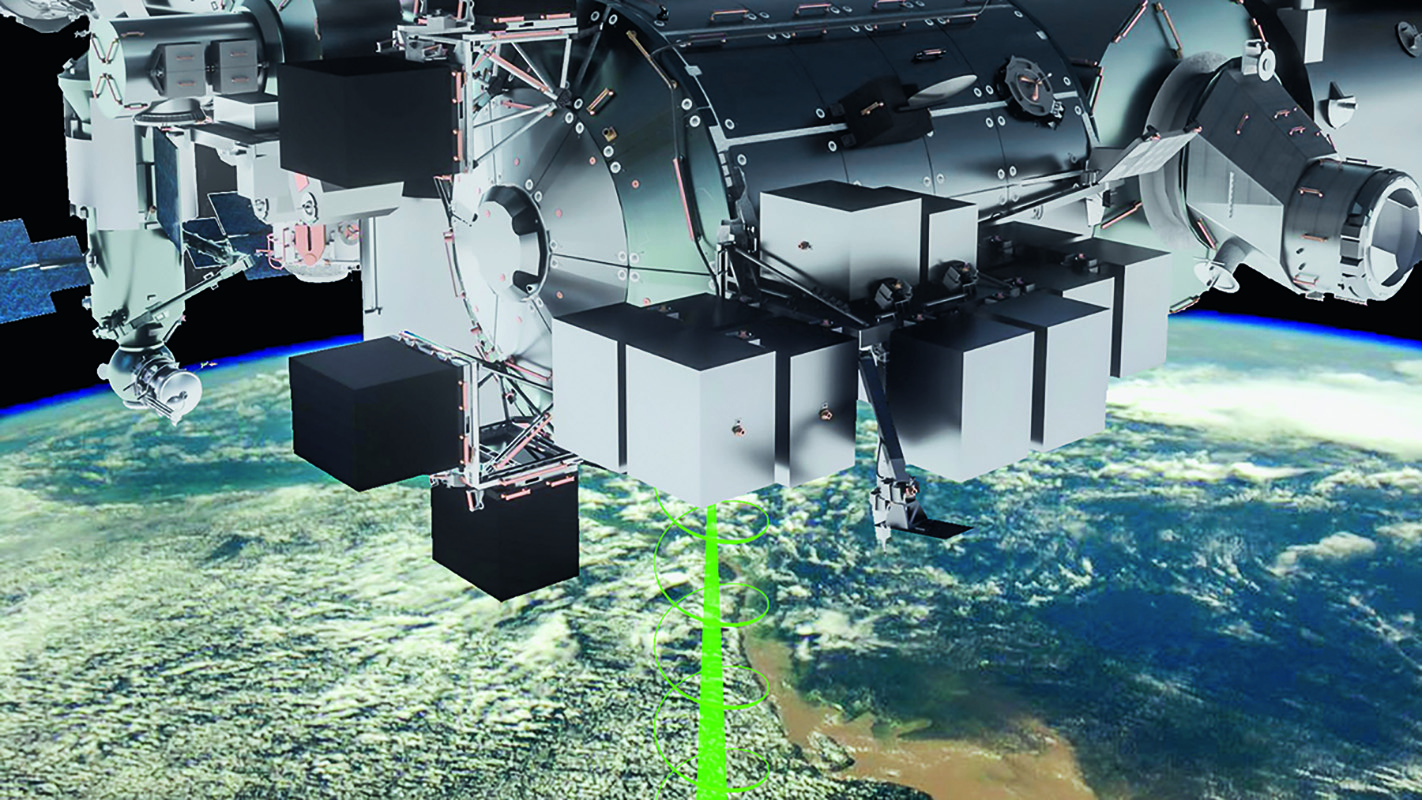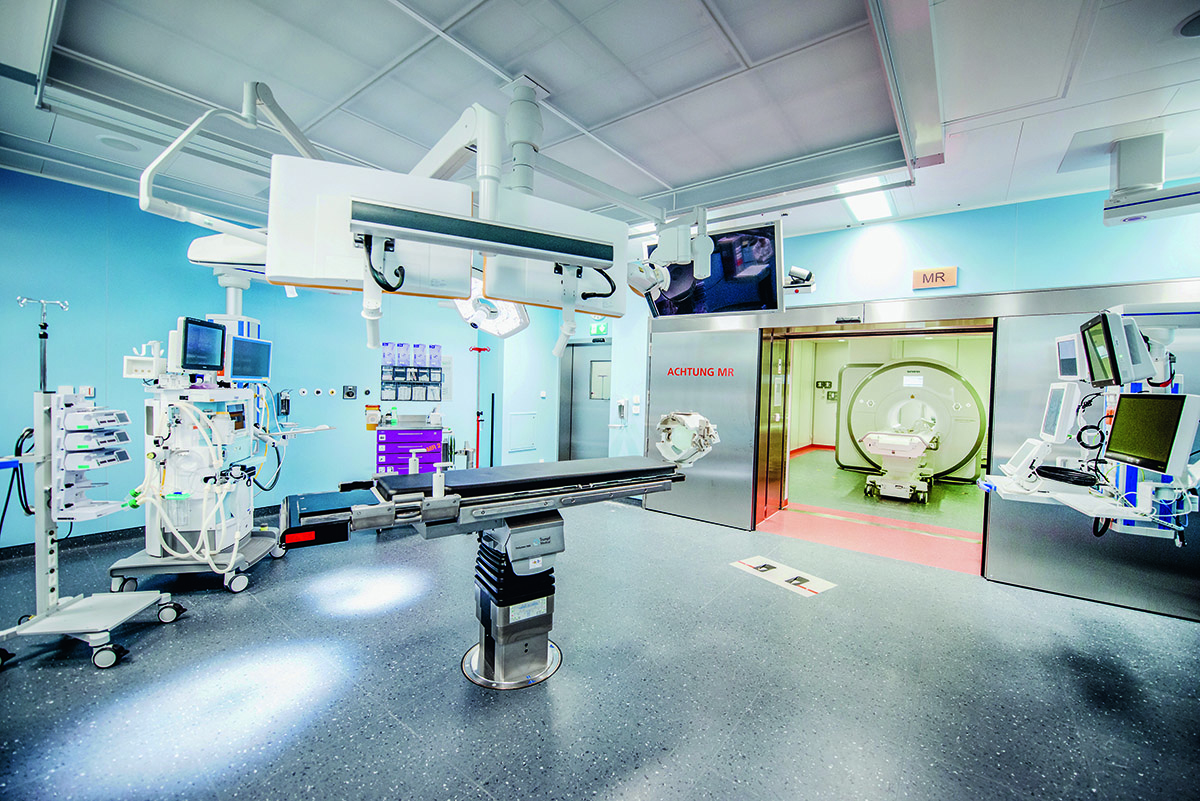Space technology in the operating theater
The instruments were developed to search for signs of life on other planets. But now they will also be used to distinguish healthy nerve cells from brain tumor cells. A conversation with astrophysicist Brice-Olivier Demory and Raphael Sznitman, an expert in machine learning and artificial intelligence, about their BrainPol project.

As an astrophysicist, Brice-Olivier Demory is primarily concerned with celestial bodies that are light years away from us. With his team at the Center for Space and Habitability at the University of Bern, he analyzes electromagnetic rays that arrive here on Earth after their long journey through space – and provide information about the nature of exoplanet atmospheres and what they are made of.
Because light and matter interact and influence each other, the molecules in the gas mixture around a distant planet can scatter, reflect or absorb light waves. In addition, some molecules are chemically structured in such a way that they cause the so-called plane of polarization (i.e., the plane in which a light wave oscillates) to rotate. "Glucose, for example, rotates light to the right," says Demory.
Imbalance indicates life
This optical effect depends on how individual atoms in a molecule are spatially arranged. Just as the left and right hand each have five fingers but still cannot be superimposed, different forms can be distinguished in so-called chiral molecules, even though they are composed of the same atoms. In inanimate nature, atoms assemble (more or less) randomly into molecules, forming roughly the same amounts of chiral forms (or isomers) each time. This neutralizes their light-rotating properties. A measurable effect results only when there is an imbalance. "An excess of chirality is among the most widely recognized features of life," explains Demory.

In general, he says, astronomy still pays too little attention to the polarization of light, often even trying to filter it out of or eliminate it from signals. "But it transmits information," Demory says. With his team, he is developing special instruments known as spectro-polarimeters that will one day enable researchers to detect signs of life even in space.
Operating in the blind
Surprisingly, polarimetric measurements also reveal differences between healthy and abnormal cells. This is probably due to the fact that the proliferating cells of a tumor crowd closely together – losing the optical properties of the tissue surrounding them. "We know that the polarisation of light is affected by the higher vascularisation and larger cell density of tumours,” Demory says. “What we do not yet know is how exactly the tissue structures shape the polarisation signal.”
At a symposium, Demory spoke with Raphael Sznitman, director of the ARTORG Center for Biomedical Engineering Research. Sznitman is an expert in machine learning and artificial intelligence. The two realized they could start a promising project by combining their expertise.
This is how BrainPol came into being, an interdisciplinary research project largely funded by the National Center of Competence in Research PlanetS. The project aims to master a medical challenge that has so far remained unsolved: Gliomas are malignant brain tumors. Approximately half of all patients die from them within a year. The greatest prospects for successful treatment result when the glioma can be detected early and cut out of the brain before it has spread metastases. "The problem is that the human eye cannot detect the early forms of glioma," Sznitman says. "Neurosurgeons have to operate in the blind, so to speak," Demory adds.
New perspectives
"We want to evaluate the polarimetric signals – and provide surgeons with them live during the operation to enhance their natural visual abilities with technology," says Sznitman. For their BrainPol project, the two researchers have called on specialists not only from neurosurgery, but also from the Institute of Pathology. There, experts examine the biopsies – and immediately send them to Demory's team, which then points the instruments for space search at the freshly removed brain cells.

Sznitman and his team, in turn, feed the results of the polarimetric measurements to their AI algorithms, which search for patterns in the mass of data. On the basis of the diagnoses from pathology the system learns which signals match healthy cells and which indicate glioma cells. The project has only just begun, and it remains to be seen whether it can be clinically implemented, Sznitman points out. Can the system actually extract enough reliable information from the polarimetric data?
Both Demory and Sznitman emphasize that interdisciplinary projects require a great deal of courage and patience. "There has to be a spark between people," says Demory. At the University of Bern, he has found a favorable environment for this. "Here, the willingness to engage in dialogue is much greater than at the other places I've worked so far."
Sznitman considers it "always very refreshing when people are ready and willing to take the time to build up mutual understanding.“ This is anything but given, but it opens up unexpected opportunities and perspectives. Demory feels it is a privilege to be able to work hand-in-hand with people with complementary expertise. He hopes that, thanks to this cooperation, his space technology will move into the operating room in just a few years – and that through this the treatment of glioma patients can be decisively improved.
Current issue of UniPress

This article was first published in the current issue of UniPress - Focus on the NCCR PlanetS (in German only).
If you would like to subscribe to UniPress
About the author
Ori Schipper is a Science Writer. He lives and works in Bern.